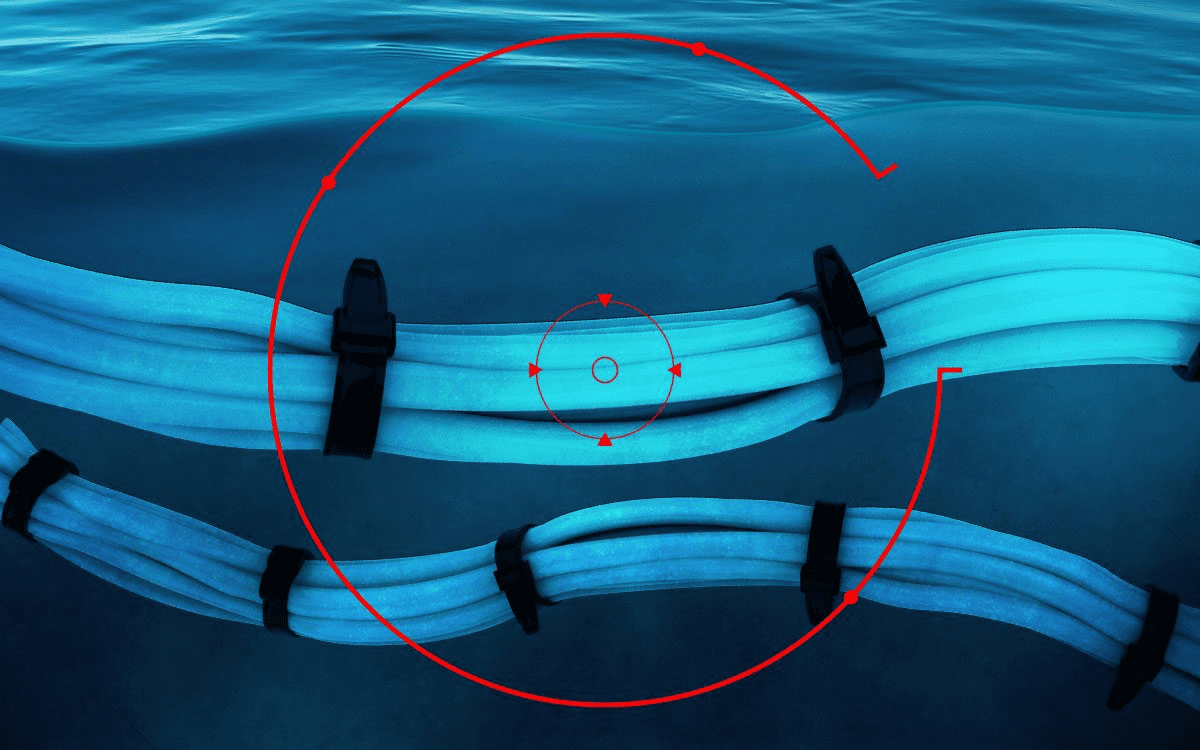The recent disruptions in undersea cables have significantly impacted internet connectivity in East Africa, causing widespread issues for users attempting to access online services.
Ben Roberts, Group CTIO of Liquid Intelligent Technologies, highlighted the severity of the situation, pointing out that the internet in East Africa is facing severe impairment due to multiple cable faults.
Read also: Nigeria seeks to protect undersea cables in West Africa
The dependency on submarine cables for internet connectivity across continents is evident, with over 90% of intercontinental data traffic relying on these cables. Despite the vast network of submarine cables globally, disruptions such as the recent ones affecting East Africa can have far-reaching consequences, affecting not only individual users but also businesses and economies reliant on stable internet connections.
The recent outage, following the confirmed EASSy cable fault and the Seacom cable fault co-occurring, underscores the fragility of internet infrastructure in the region. Additionally, the Red Sea experiencing three cable cuts (Seacom, EIG, AAE1) further exacerbates the connectivity challenges faced by East Africa.
Mitigating the Impact of the Internet Outage EA/SA
While efforts are underway to repair the damaged cables and restore connectivity, these incidents are a stark reminder of the importance of diversifying internet connectivity resources. The reliance on specific undersea cable routes leaves regions vulnerable to disruptions caused by cable faults, natural disasters, or human errors.
Companies operating hyperscale cloud services in South Africa, such as AWS, Microsoft, Google, and Oracle, emphasise the critical need for robust internet infrastructure to support their services. The connectivity between Kenya and South Africa, highlighted by Roberts, underscores the necessity of maintaining reliable undersea cables for seamless data transmission and access to cloud services.
Read also: Internet outage plagues parts of Africa as undersea cables falter
Ensuring Uninterrupted Internet Access in East Africa”
This recent development highlights the weaknesses of submarine cables, which are crucial infrastructure for internet connectivity spanning continents. Tanzania, Burundi, Uganda, and Rwanda are other East African nations impacted by the disruption.
Moving forward, stakeholders in the digital economy must invest in redundancy measures, alternative connectivity solutions such as satellite networks, and collaborative efforts to ensure uninterrupted internet access. Diversification of internet routes and investments in resilient infrastructure will be vital in mitigating the impact of future disruptions and sustaining the growth of digital economies in regions like East Africa.
